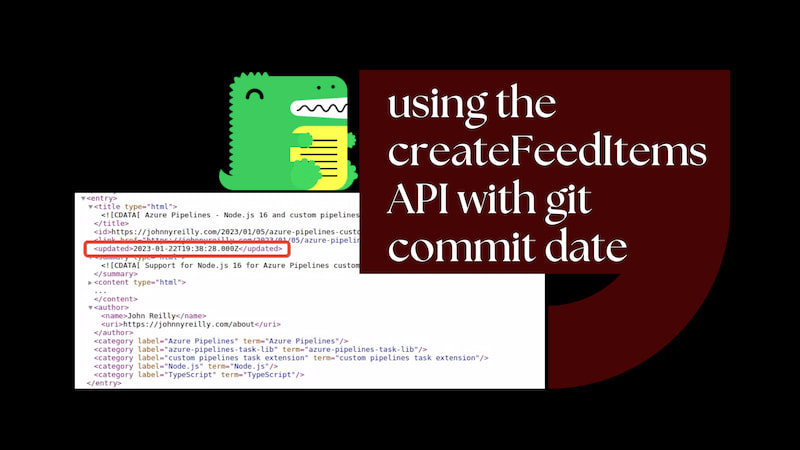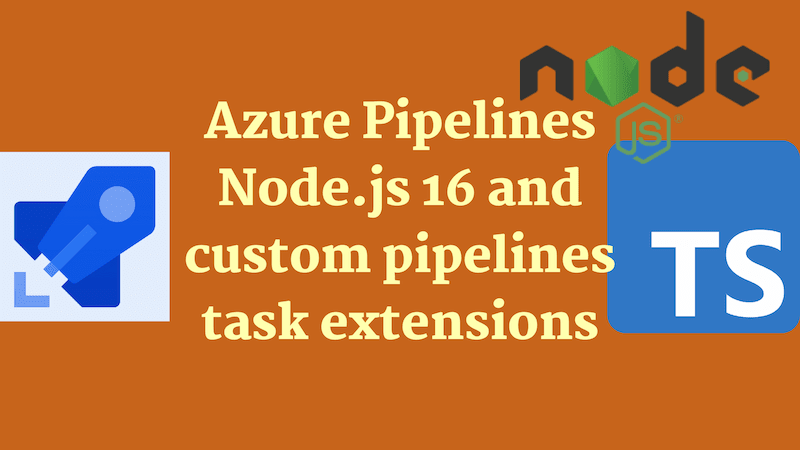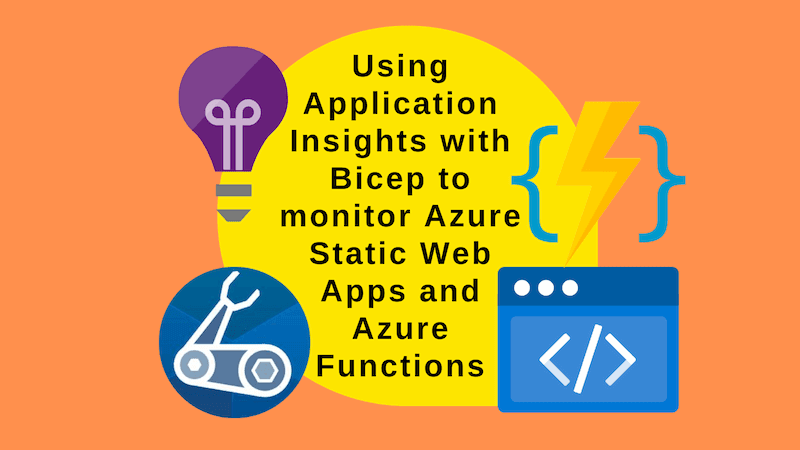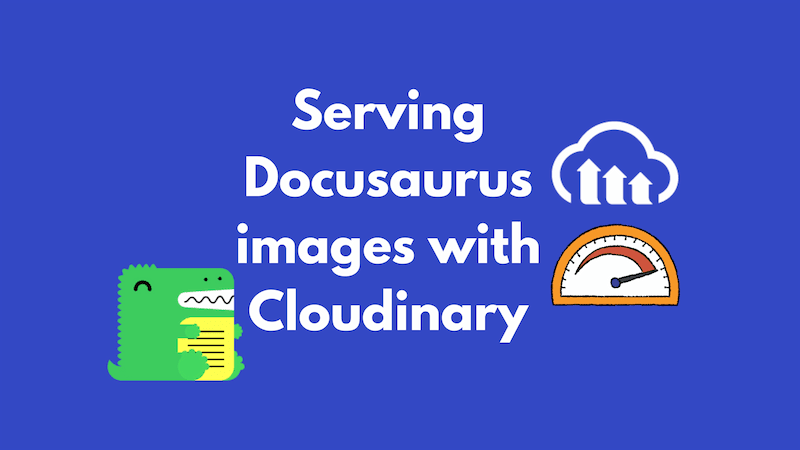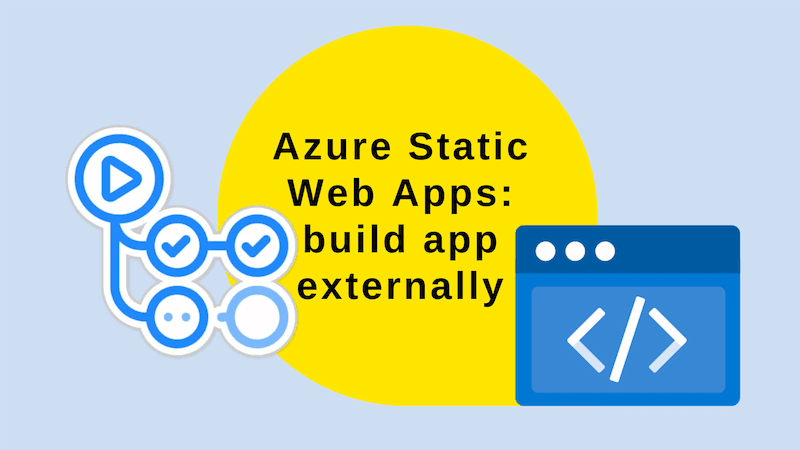Docusaurus: Structured Data FAQs with MDX
I've written previously about using Structured Data with React. This post goes a little further and talks about how to use Structured Data with Docusaurus and MDX. More specifically it looks at how to create a component that both renders FAQs into a page, and the same information as Structured Data.









